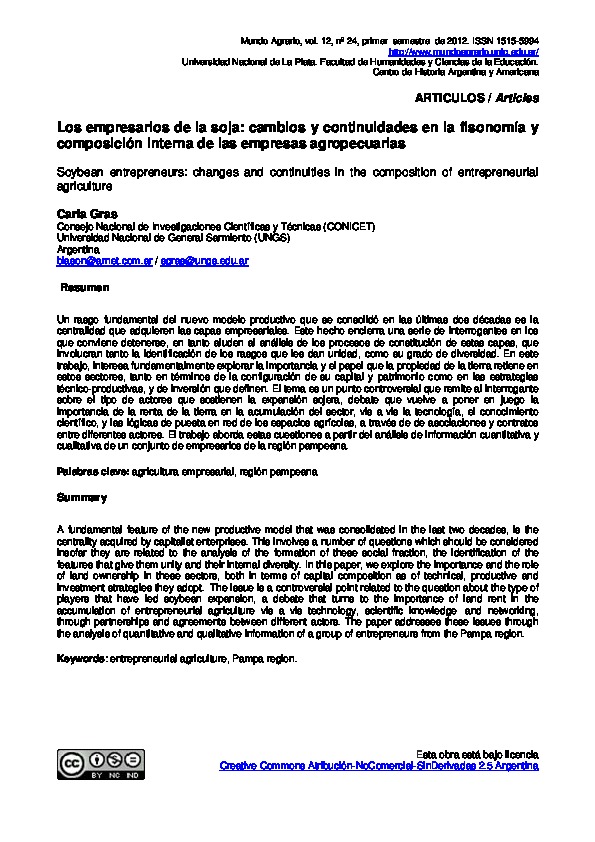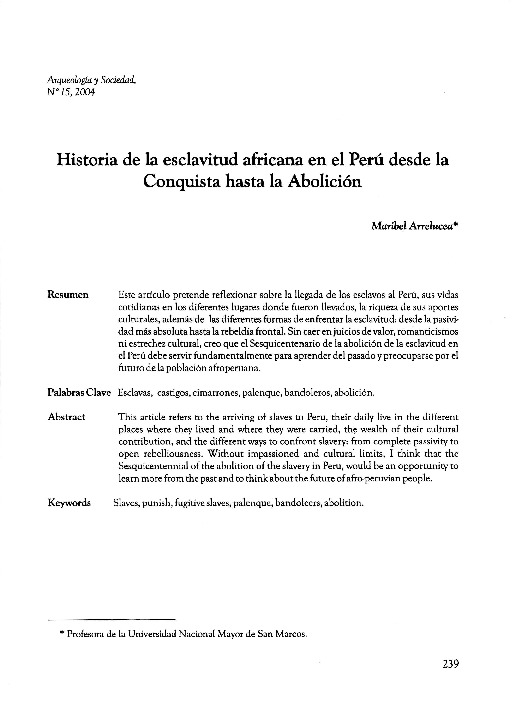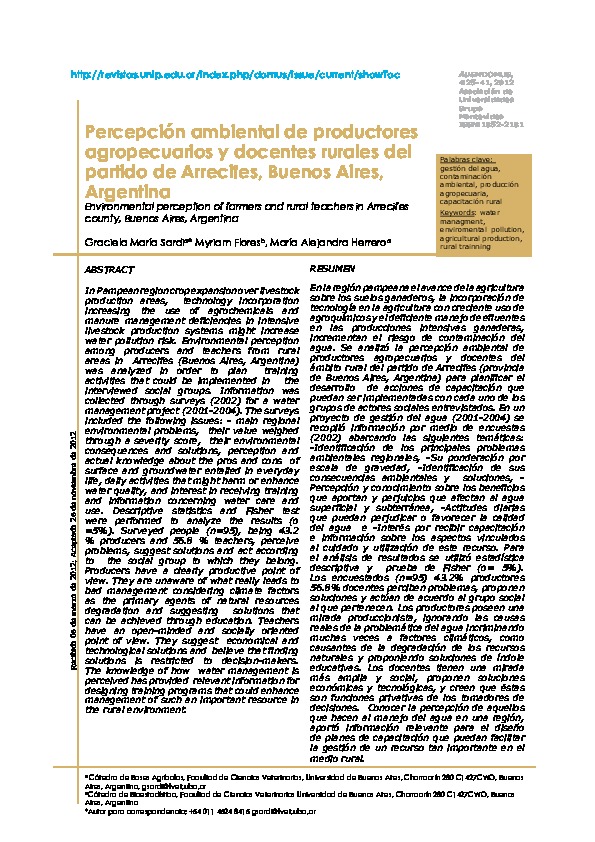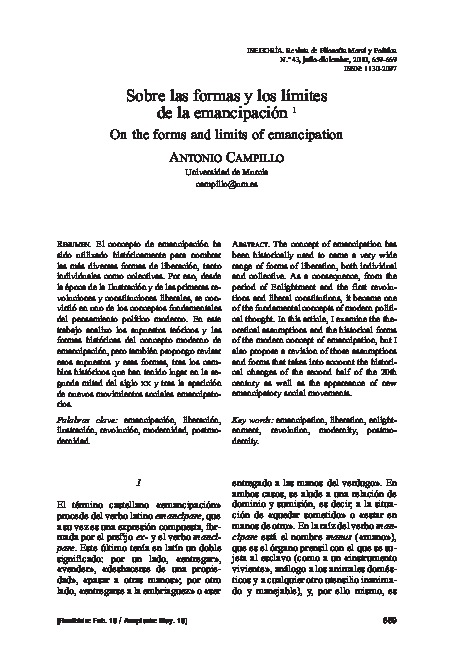Textos
Texto

Groundwater recharge under compacted agriculturalsoils, pineand prairie in Central Wisconsin, USA
Descripción
"="">The water table in Wisconsin Central Sand Plain (CSP) dropped 1.8 m between 2002 and 2010, and several lakes in the area suffer from low water levels. The lower groundwater level has been attributed to agricultural cropping practices, specifi cally irrigation, and a reduction in ground-water recharge. Dominant soils in this area are sands (Udipsamments). The objective of our research was to quantify groundwater recharge under (i) irrigated agricultural crops, (ii) prairie, and (iii) a 50-year old pine tree plantation in the CSP. Equipment was installed at fi ve sites to monitor water table elevation, soil water content, and precipitation at 15-minute intervals. It was found that, when the soil was at fi eld moisture capacity, precipitation during the growing season resulted in 1.4 cm more water table rise under a prairie than under irrigated agricultural fi elds. Agricultural crops used groundwater through irrigation, but natural vegetation relied on soil available water, and capillary rise of water from the shallow groundwater table (1 to 2 m to water table), for daily transpiration. After snowmelt, prairie vegetation yielded greater rise, up to 16 cm, in the water table than agricultural fi elds. Lack of crop residue on the soil surface of agricultural fi elds resulted in a continuous layer of frost in the soil profi le that extended to about a meter depth. This thick, frozen layer was enhanced by greater soil compaction under irrigated crops compared to limited or no compaction in prairie areas. The key fi nding was that this deep frost in the soil profi le inhibited snowmelt water from infi ltrating and recharging the groundwater. Thus, compacted-irrigated agricultural soils in the CSP alter groundwater recharge characteristics during frozen and non-frozen ground periods. Increased crop residues on the surface of agricultural fi elds might enhance groundwater recharge during winter snow melt periods.
"="">
"="">Radatz, A. M. et al. (2012) "="">Groundwater recharge under compacted agriculturalsoils, pineand prairie in Central Wisconsin, USA. Agrociencia, 16(3), pp. 235-240.
Categorias:
Colecciones:
Recuerda
La cultura y la educación necesitan de tu apoyo activo.
Información del autor

ACUEDI
ACUEDI son las siglas de la Asociación por la Cultura y Educación Digital. Somos una asociación civil sin fines de lucro, con sede en Lima (Perú), fundada en noviembre del 2011. Nuestro principal objetivo es incentivar la lectura y la investigación académica, especialmente dentro de espacios digitales. Para ello hemos diseñado una serie de proyectos, todos ellos relacionados entre sí. Este es nuestro proyecto principal, nuestra Biblioteca DIgital ACUEDI que tiene hasta el momento más de 12 mil textos de acceso gratuito. Como tenemos que financiar este proyecto de algún modo, ya que solo contamos con el apoyo constante y desinteresado de la Fundación M.J. Bustamante de la Fuente, hemos creado otros proyectos como ACUEDI Ediciones, donde publicamos libros impresos y digitales, y la Librería ACUEDI, donde vendemos libros nuestros y de editoriales amigas ya sea mediante redes sociales, mediante esta plataforma, en eventos o en ferias de libros.ACUEDI



